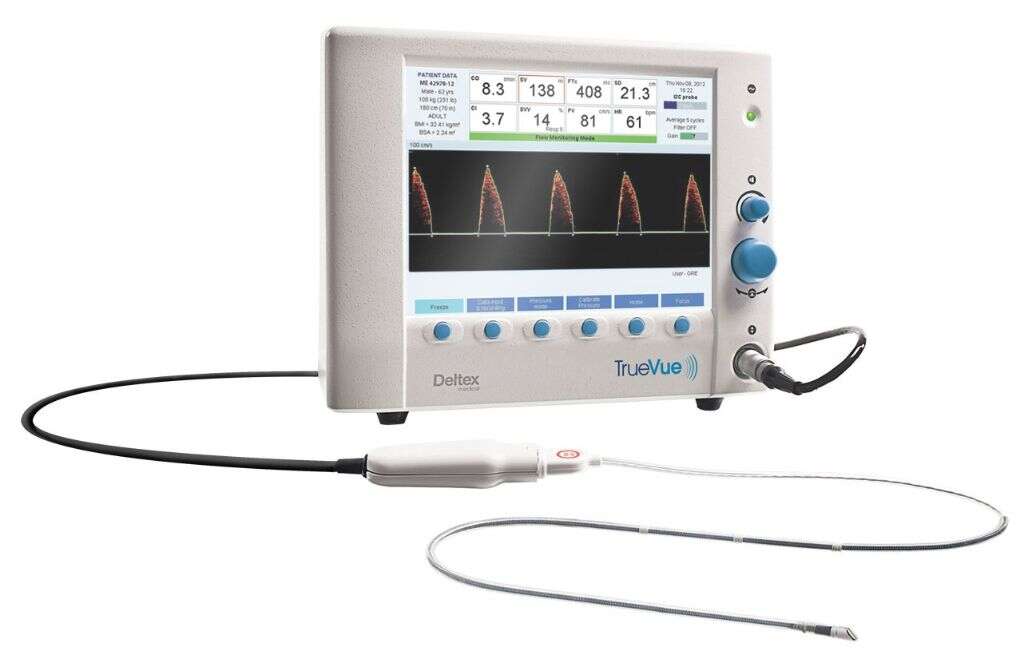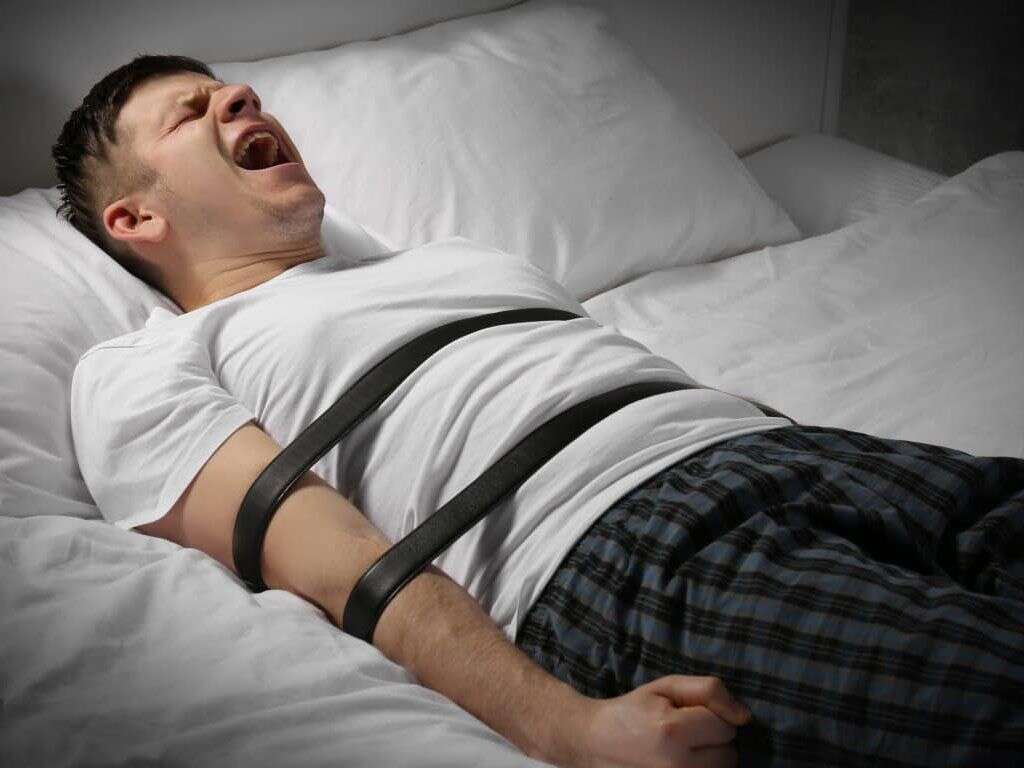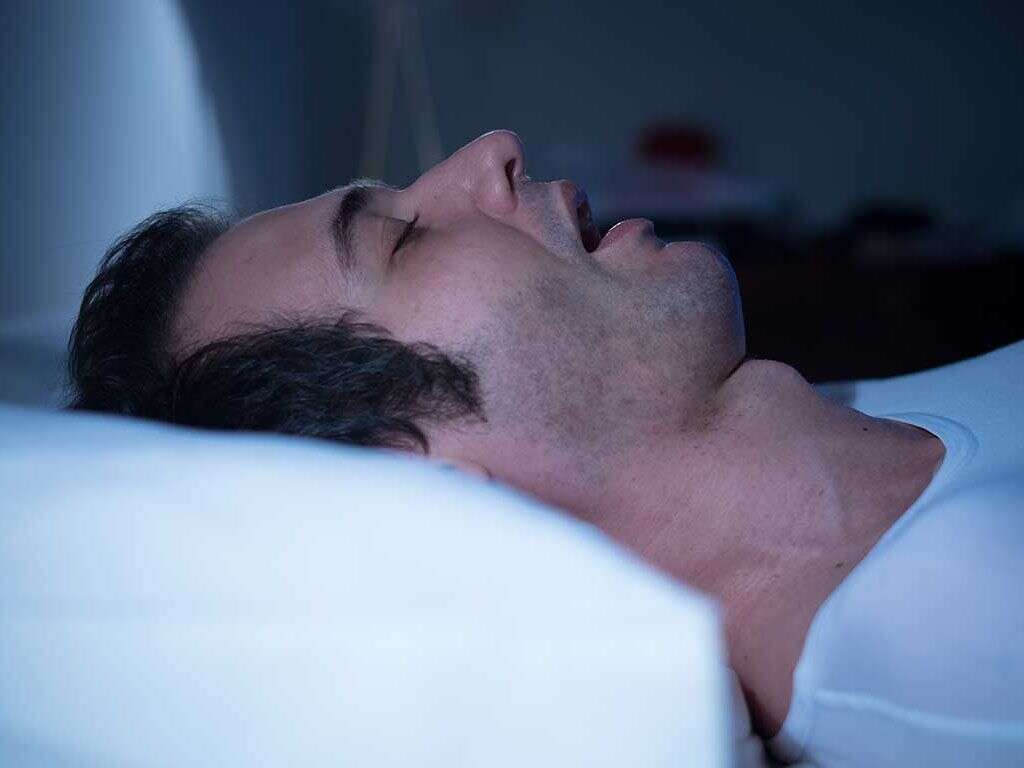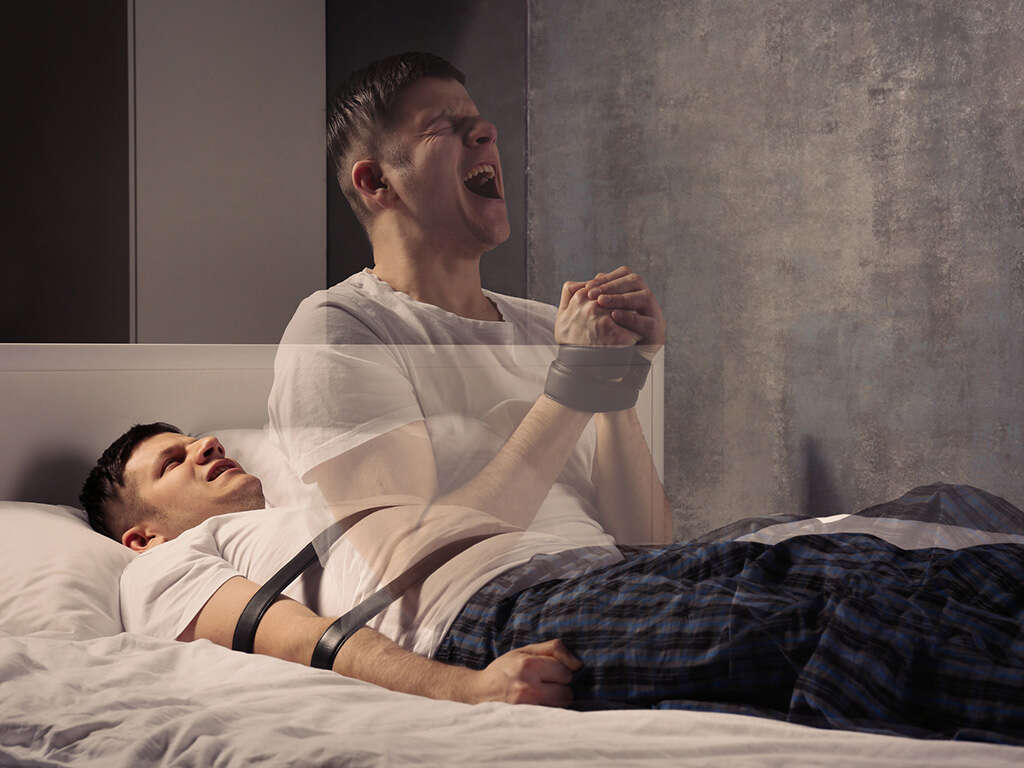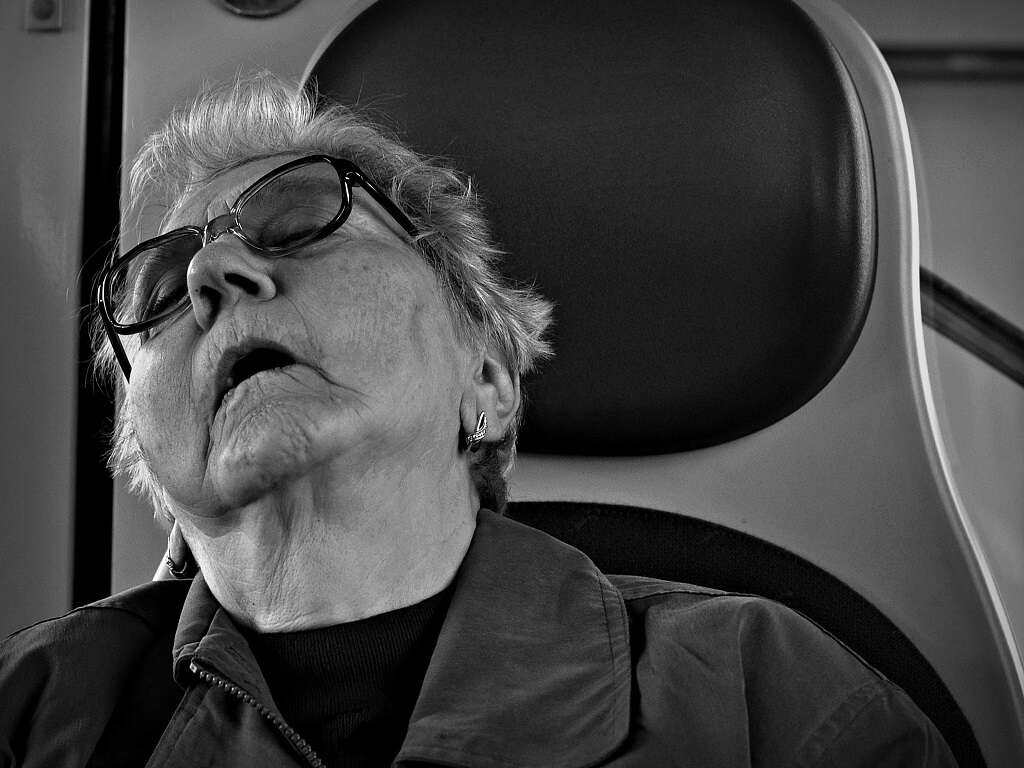What Is Apnea?
10. Diagnosis, Treatment, and Prognosis
Diagnosis generally requires a sleep study performed at a sleep lab. Laboratory studies are generally beneficial to help rule out other causes or to determine underlying causes. Imaging studies are needed, such as a computed tomography (CT) scan and magnetic resonance imaging (MRI), to determine underlying causes such as an Arnold-Chiari malformation, stroke, tumor, and more.
Most diagnoses can be made based on polysomnography. An esophageal pressure monitoring using a balloon catheter, echocardiography, and home monitoring devices can also be used. There are no clear guidelines for the treatment of CSA. A pacemaker-like device known as the remede system can help moderate to severe CSA. A bilevel positive airway pressure (BiPAP) and continuous positive airway pressure (CPAP) can also be used.
Advertisement
